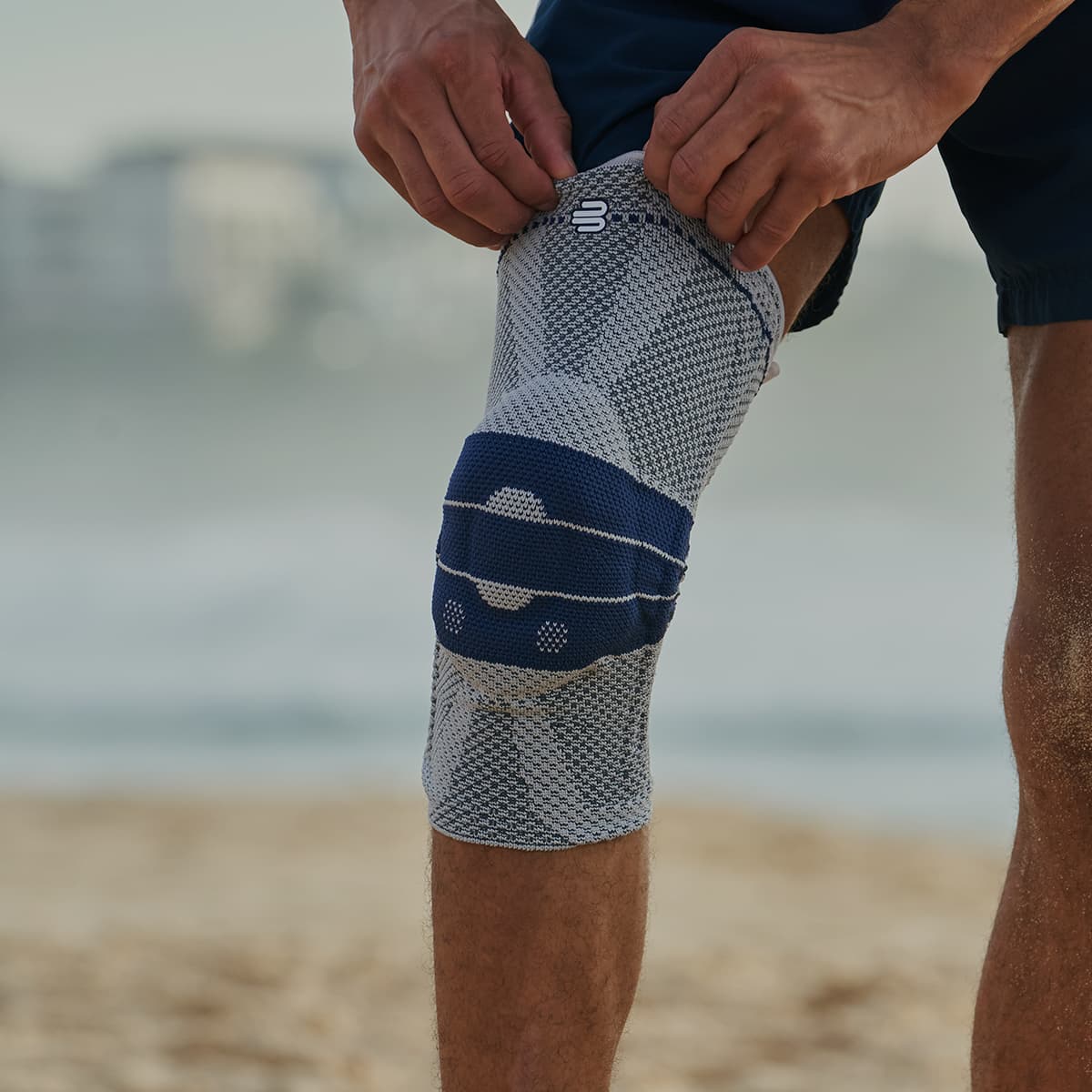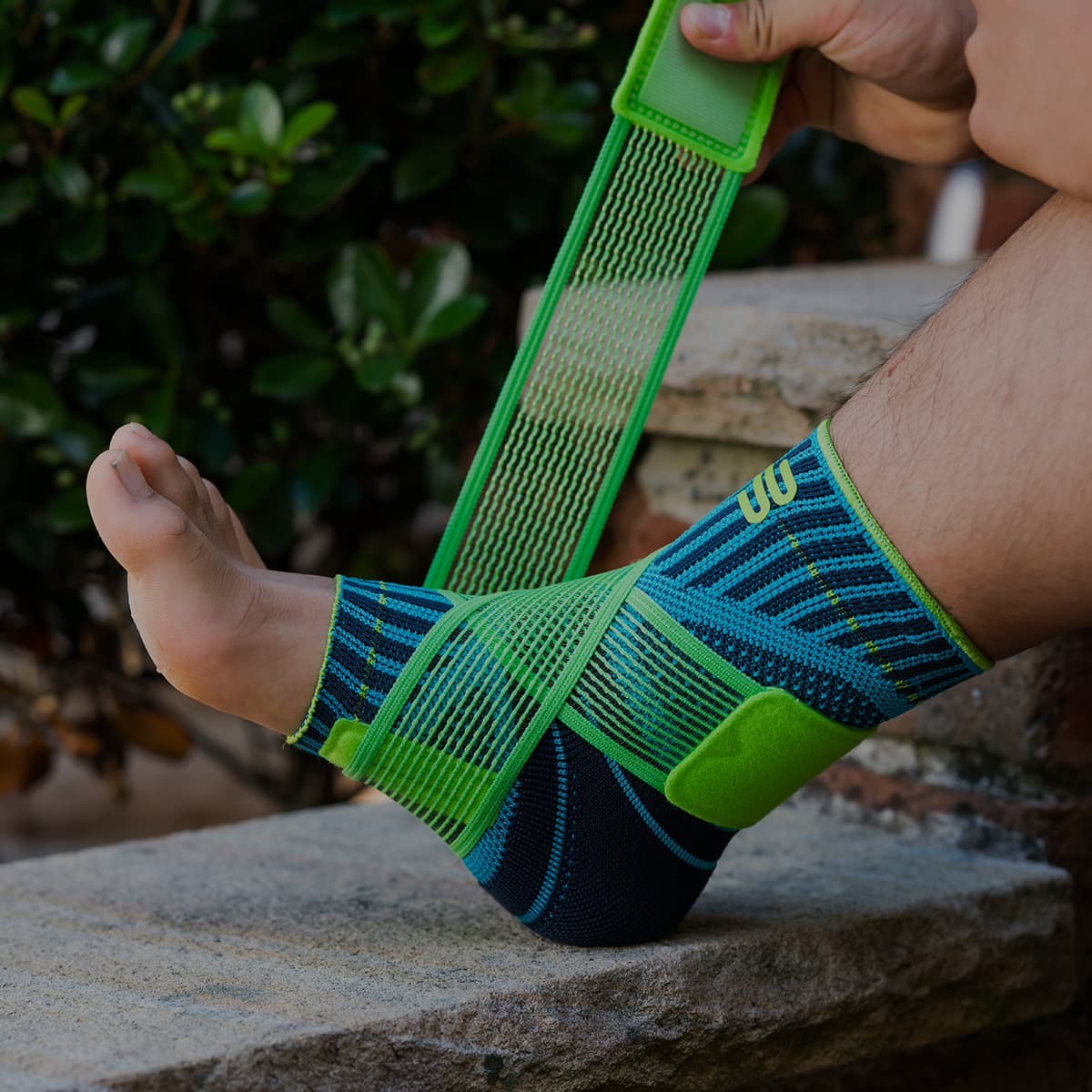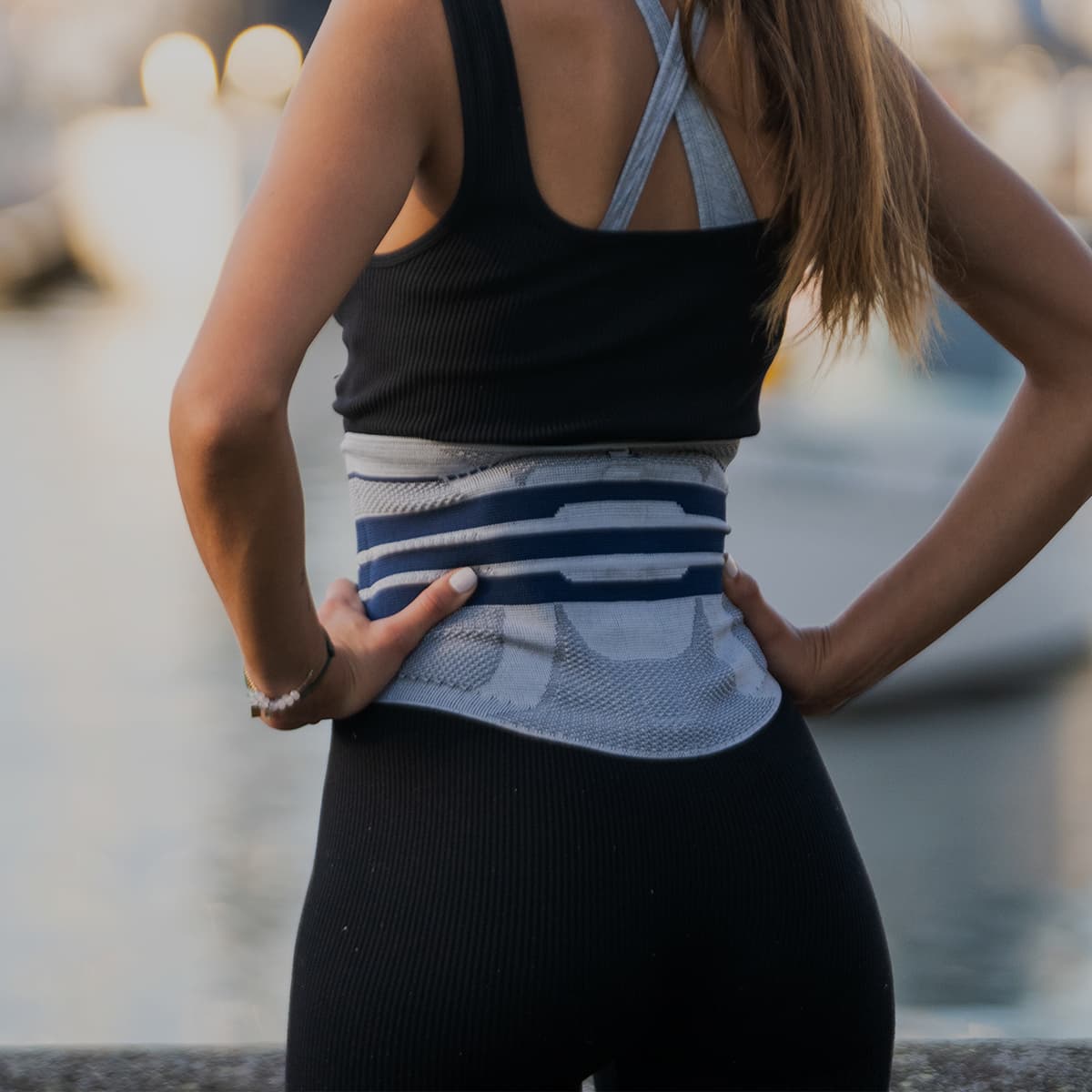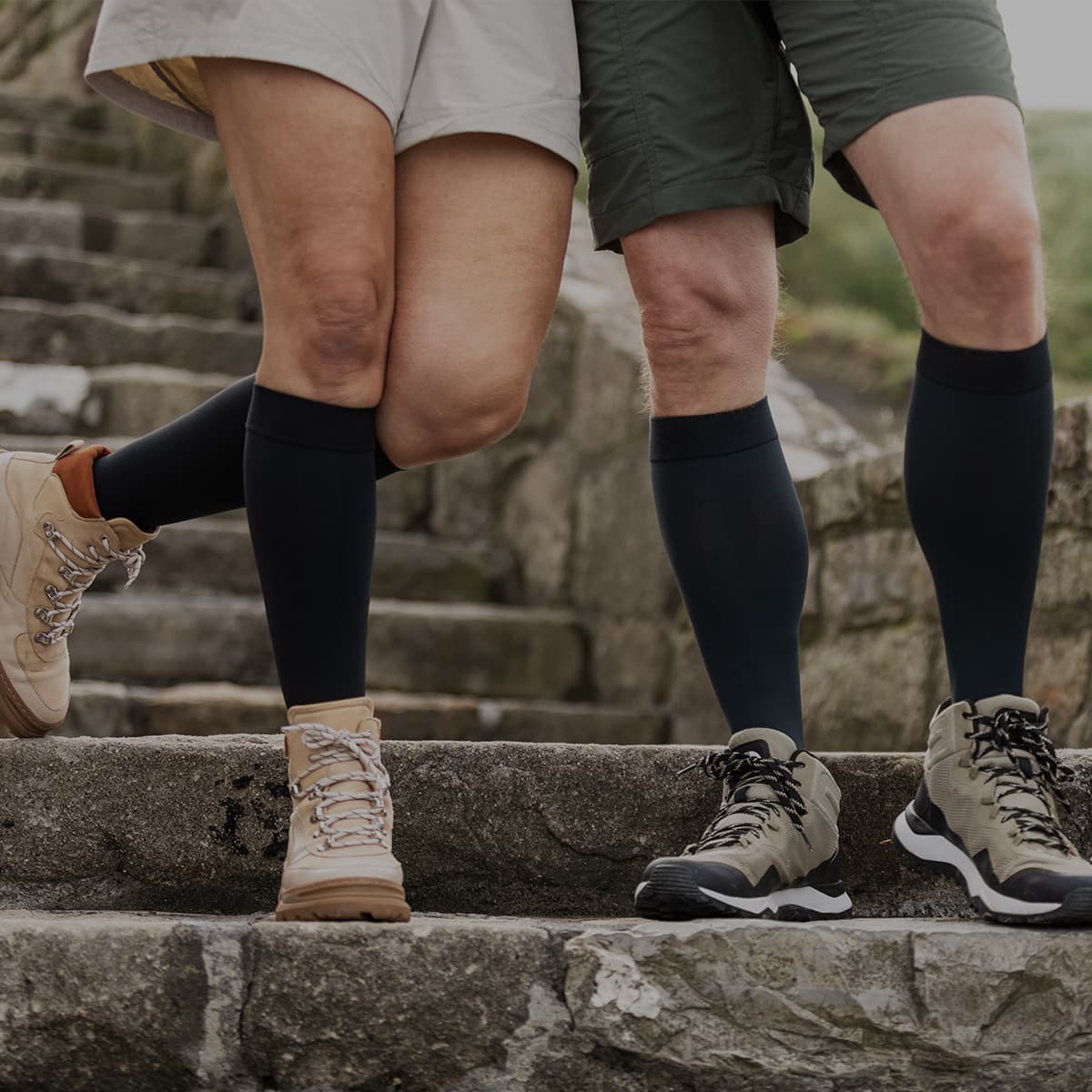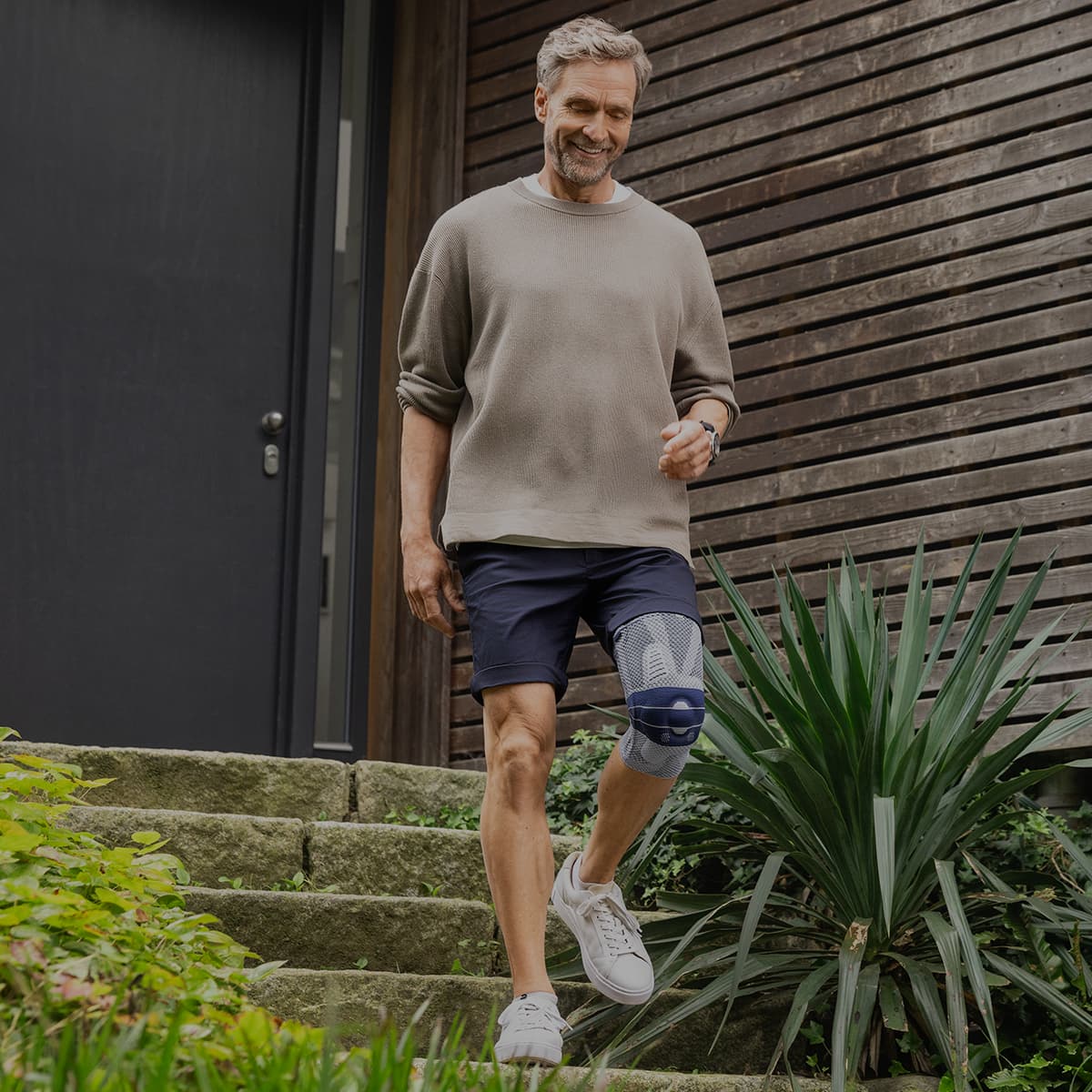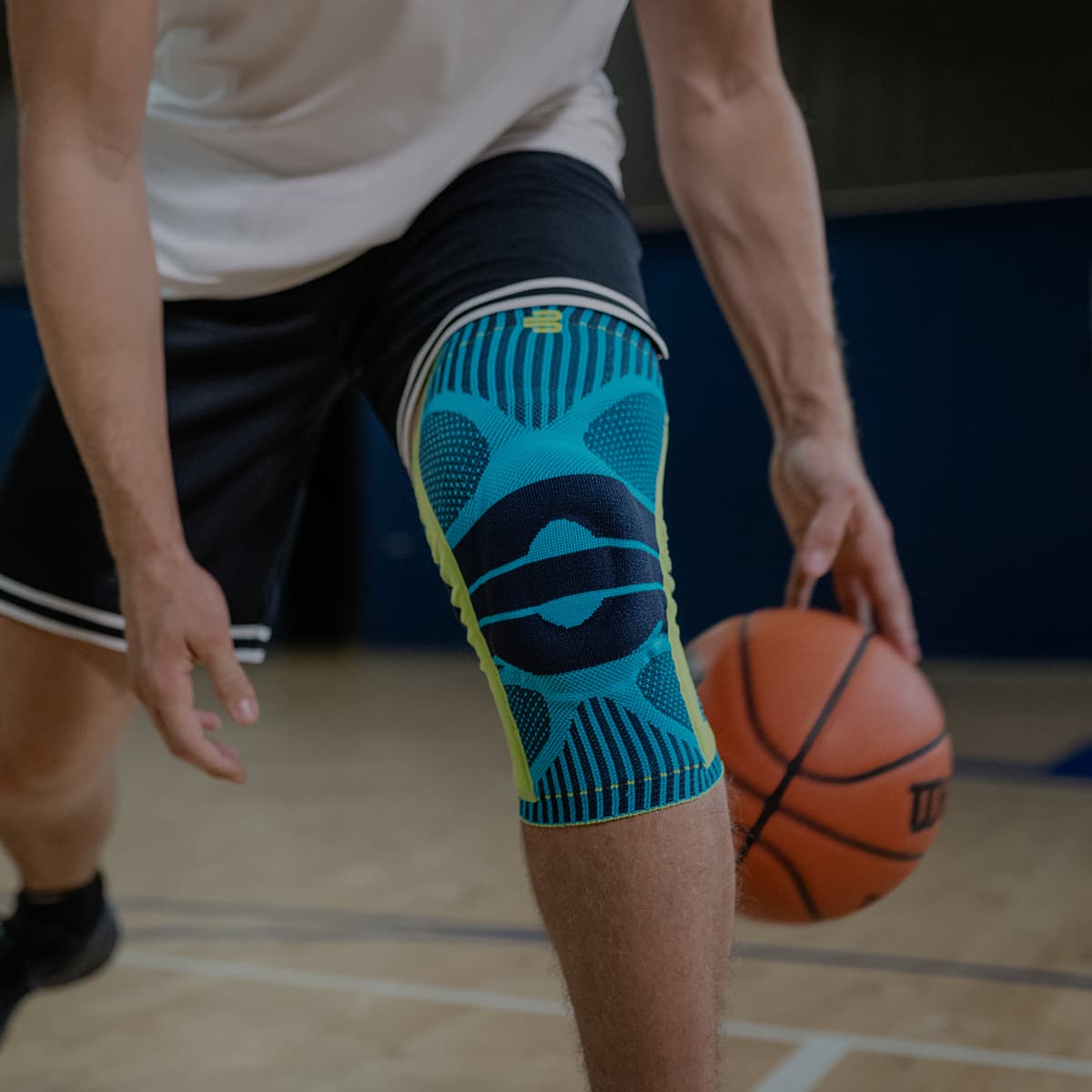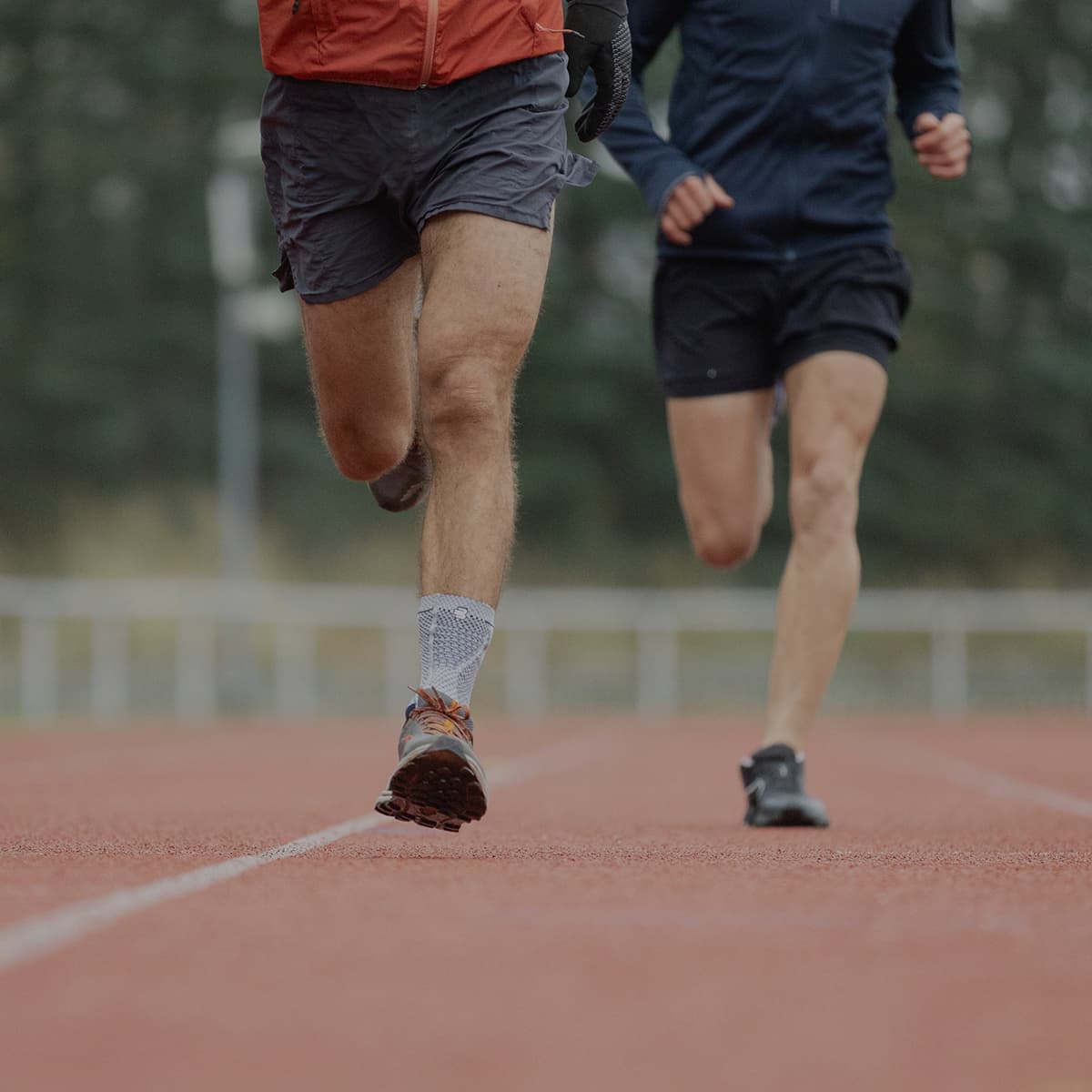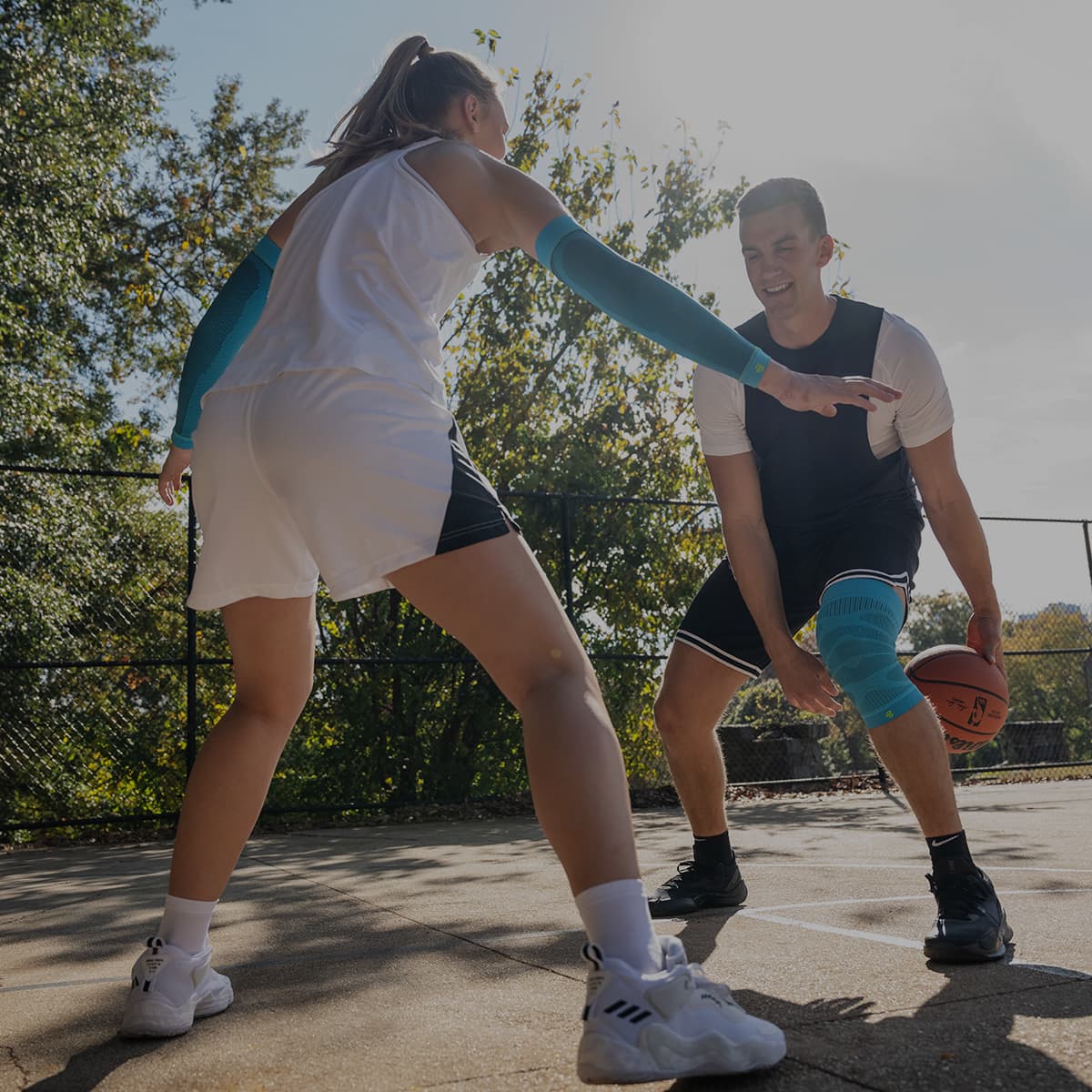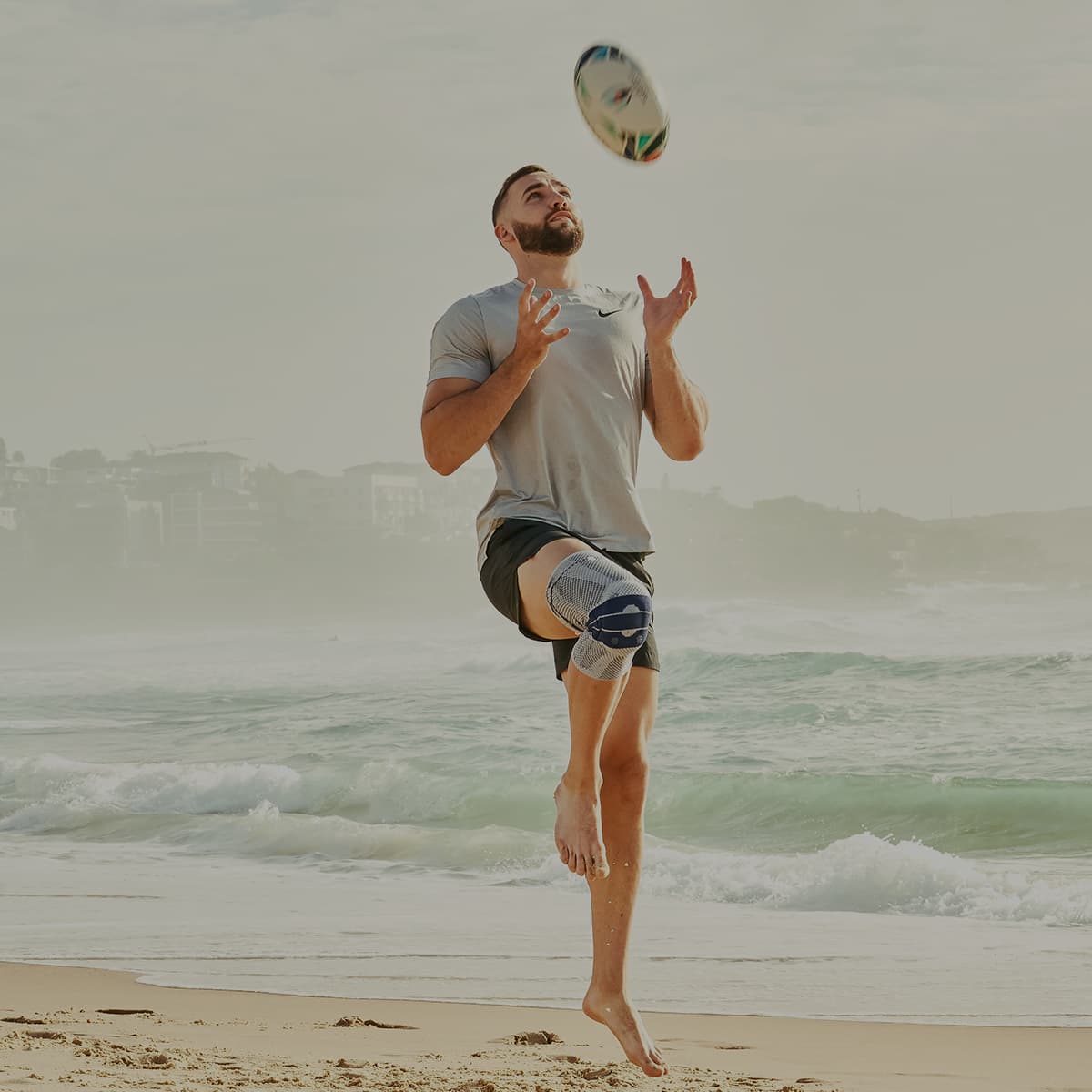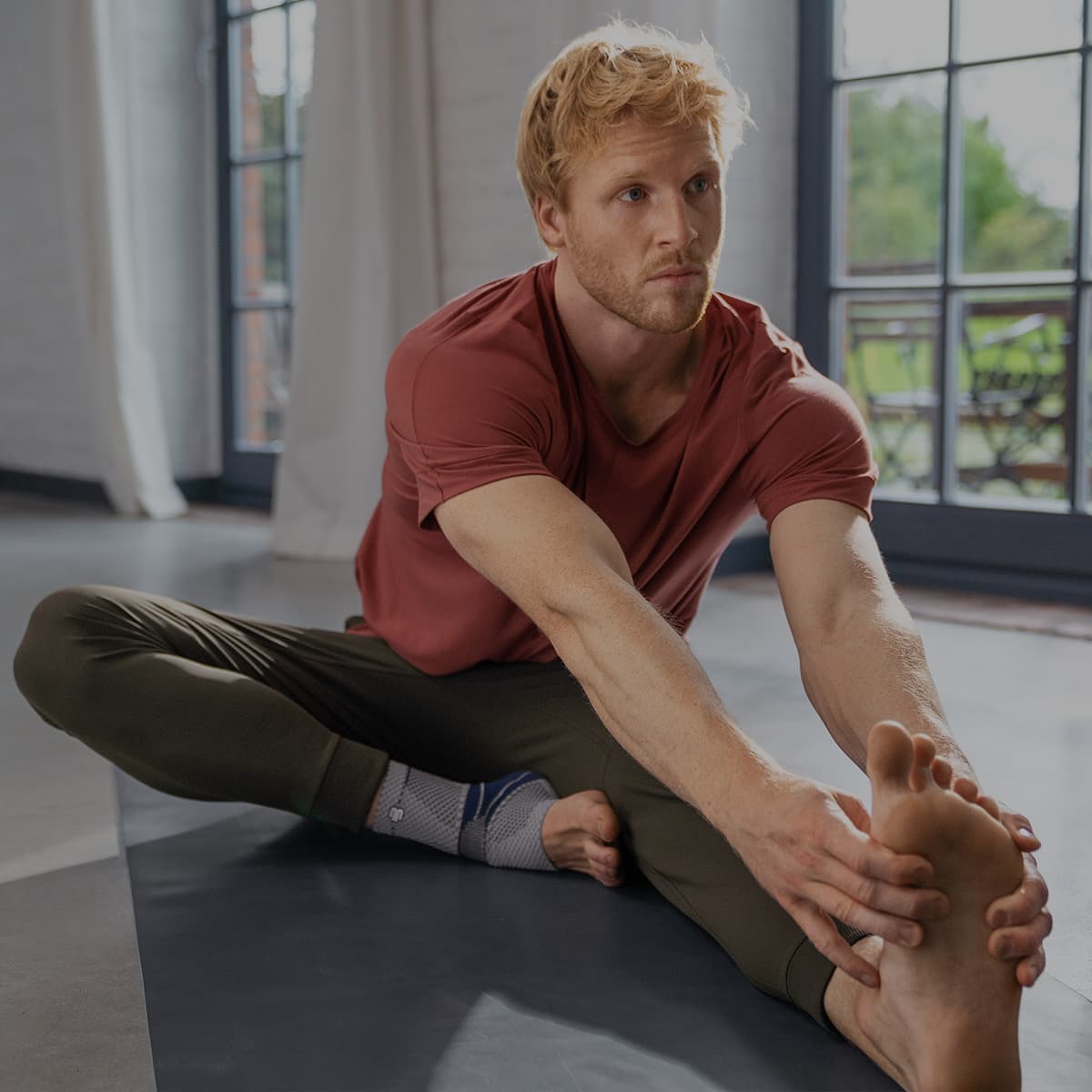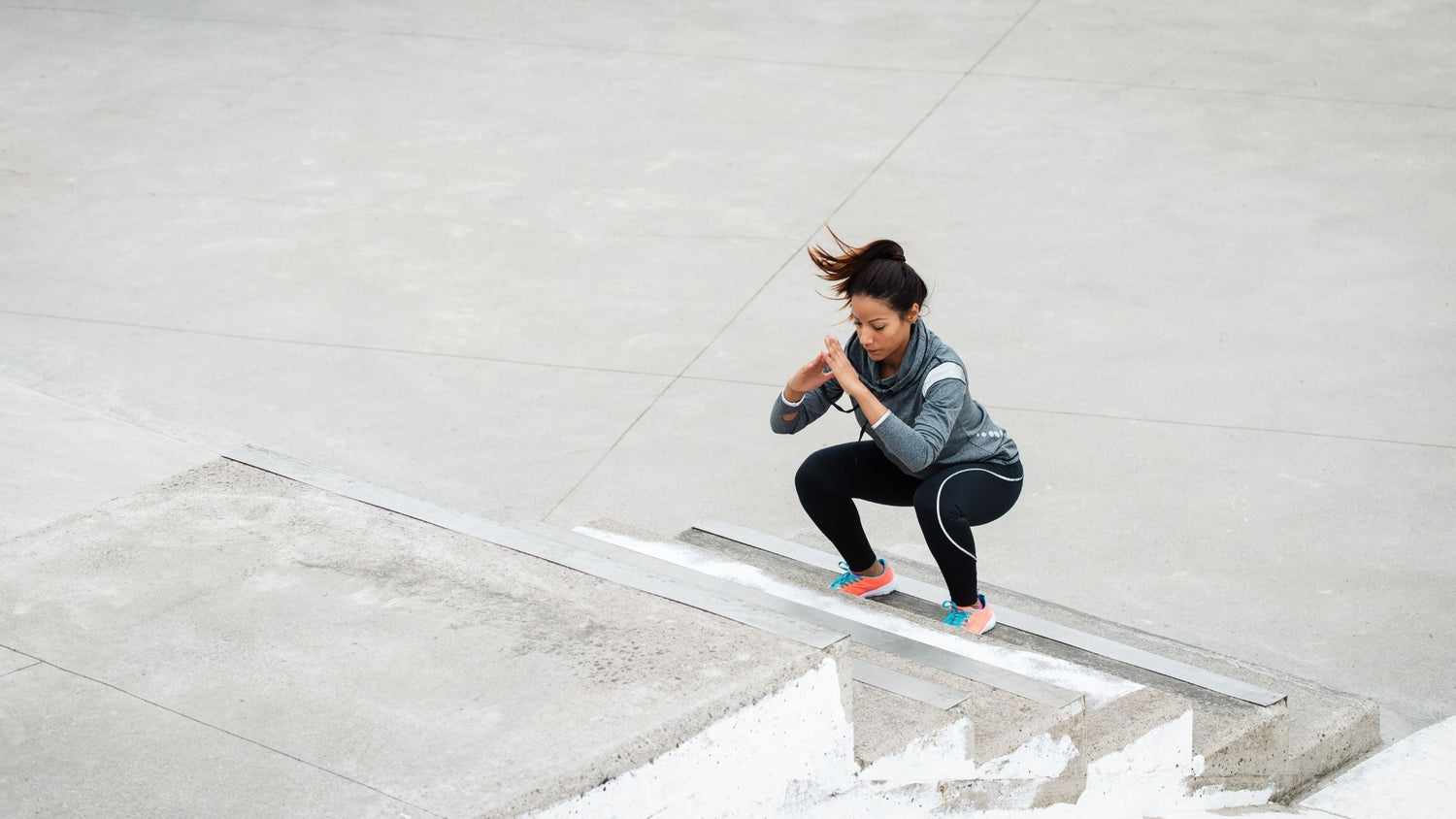Are you feeling pain, weakness, or restricted movement in one or more of your body parts? A muscle imbalance may be the cause. While imbalances aren't always abnormal or necessary to fix, some instances may lead to further pain, restriction, or injury. So, here's how to identify them and the exercises you can do to fix the most common ones.
What is a Muscle Imbalance?
A muscle imbalance often stems from one or more of the following causes:
Agonist/Antagonist or Fixator/Synergist Weakness
Depending on the movement, some muscles act as agonists (primary movers), antagonists (opposing forces), fixators (stabilisers at the point of agonist origin) and synergists (assistants in agonist movement). For example, when doing bicep curls, the biceps are the agonists and the traps are the antagonists. The rotator cuff stabilises the movement, and the brachialis and brachioradialis near the bicep and in the forearm assist the movement. If one muscle overpowers the other or cannot effectively assist the movement or stabilise the joint, it may cause pain, injury, or movement restriction.
Imbalanced Training
Additionally, certain muscles often get overlooked in training, leading to a similar outcome (e.g., the obliques and inner thigh adductors). You may also gain an imbalance if you play a sport that requires very regular use of your dominant side, like tennis.
Poor Form and Posture
Poor form can stem from an imbalance, or vice versa. In squats, for example, you may find yourself leaning more to one side. In lunges, you may find you can go lower on one leg than the other. In terms of posture, long hours of sitting hunched over in front of a computer can lead to chest tightness and upper back weakness. It may also cause tightness in the hip flexors and weakness in the glutes.
How to Fix a Muscle Imbalance with Exercise
When you have an imbalance, it’s important to pinpoint which muscle pair or group are affected. In some cases, you can do so yourself by assessing how your muscles feel (e.g., if your inner thighs struggle to keep up with the quads) and how they look (if one arm is larger than the other, if one shoulder dips lower, etc.)
In other cases, you may need to be assessed by a clinician to get a full overview of tightness, ROM, and weakness.
Once that is sorted, you can develop an exercise plan to strengthen the lagging muscle or group. Generally, it is best to combine unilateral, targeted, and push/pull exercises, as well as varying up your training routine to make sure you move your muscles in different ways.
The Muscle Imbalance Workout
Sumo squats
Strengthen the thigh adductors.
- Stand upright and step outward to the side until your feet are a bit wider than hip-width apart.
- Point your toes outward so they align with the direction of your knees.
- Clasp your hands in front of your chest and activate your core.
- Slowly squat down by pushing your butt back and bending at the hip.
- Lower yourself until your thighs are parallel to the floor, then pause for a couple of seconds at the bottom of the motion.
- Tighten your glutes and push yourself back up through your heels.
- Repeat for 3 sets of 8-10 reps.
If you are just starting out, squat with your body weight. If you want to challenge yourself, you can hold a kettlebell or dumbbell at the chest, shoulder, or hips.
Glute Bridges
Reverse long sitting damage.
- Begin lying face up on a yoga mat with your knees bent, feet hip-width apart, and your arms resting by your sides. Keep your spine neutral.
- Inhale and activate your core. Exhale and push your heels into the mat to lift your hips until you are resting on your upper back, creating a straight line from shoulder to knee. Ensure that your glutes initiate the movement. This is your starting position.
- While keeping your core engaged and hips elevated, straighten one of your legs. You should feel tension in your glutes and hamstrings as you do this.
- Inhale and return to the starting position.
- Complete 10-15 repetitions per leg before taking a break or set a timer and complete as many as you can in a set period.
Standing Rows
Strengthen the upper back to prevent hunching.
- Hold one end of the tube or band in each hand. While standing with your feet spread hip-width apart, squat slightly and stabilise your spine by contracting your core muscles.
- Squeeze your shoulder blades together and slowly pull the resistance band toward your ribs.
- While gripping the resistance band tight, slowly return your arms to the start position.
- Do 10 reps in 3 sets.
- Grab a band with more resistance or increase your reps for more of a challenge. For less of a challenge, do the opposite.
Shoulder Rotations
Improve rounded shoulders and common rotator cuff imbalances.
- Anchor a resistance band to a point that is waist high.
- Stand up straight with your feet hip-width apart. The anchor point should be to your side, not in front or behind.
- Tuck your elbow close to your waist and prevent it from drifting outward.
- Grip the band and hold your elbow bent at 90 degrees with your palm facing inward. Slowly pull the band, rotating your arm until your palm almost touches your body.
- Slowly release the band tension by rotating your shoulder outward.
- Do this exercise with slow, controlled movements. Keep your core engaged and focus your attention on your rotator cuff.
- Start with 8 reps in 3 sets per shoulder. As you get stronger, increase the resistance or rep count.
Bird Dog
For a tight lumbar.
- Find a spot with enough space to extend an arm and a leg simultaneously. Kneel on an exercise mat with your knees hip-width apart and hands firmly on the ground, about shoulder-width apart. Activate your core.
- Point one arm out straight in front and extend the opposite leg behind you, forming a straight line from your extended hand to your extended foot. Keep your hips squared to the ground. If your lower back begins to sag, raise your leg as high as possible while keeping the back straight.
- Hold for a few seconds, then return to the starting position. Keep your abs engaged throughout the entire exercise, and work to minimise extra motion in your hips during the weight shift.
- Switch to the other side.
- Aim to complete 8-12 reps per side in 3 sets. You can do so for one side and then the other or alternate between them.
Russian Twist
For the obliques and core ROM.
- Sit on an exercise mat with your heels on the floor, knees bent, arms behind your head, and elbows pointing outward.
- Engage your core and lean your torso back to create a V shape with your legs.
- Puff out your chest and shift your shoulders back and down. The back should stay straight throughout the exercise.
- Engage your core as you twist side to side.
- Breathe deeply. Exhale with each twist and inhale when returning to the centre to complete the repetition.
- Complete ten reps on each side and repeat these sets according to your ability.
- As you get accustomed to the exercise, lift your legs slightly off the floor for an extra challenge.
- For even more of a challenge, you can hold a medicine ball to your chest.
Split Squats
Power up the glutes and repair leg strength imbalances.
- Stand with your feet spread hip-width apart.
- Reach back with the foot of the leg not being exercised and place it on the step. From this position, the lead leg will bear most of your weight.
- From the described position, squat down with your front leg until the knee is bent at 90 degrees. Pause briefly at the bottom of the motion before slowly returning to the starting position. Perform both the upward and downward movements in a controlled fashion.
- Relax and repeat for 8-12 reps per leg in 3 sets.
- For more of a challenge, add some dumbbells.
Side Plank
Target the obliques for better core stability.
Remedial side plank with kick: beginner
- On a yoga mat, get into a side plank position with your supporting arm straight and your supporting knee touching the ground.
- Your body should be straight from the knee to the head.
- Lift your top leg at hip height and kick it slowly to the front, without moving your upper body.
- Complete 8-12 reps in 3 sets, then repeat for the other side.
Full side plank with kick: intermediate +
- On a yoga mat, get into a high plank position.
- Turn your body and shift your weight until you’re in a side plank. Your body should be straight from the ankles to the head. Do not allow your hips to sag.
- Lift your top leg at hip height and kick it slowly to the front without moving your upper body, then bring your leg back.
- Complete 8-12 reps in 3 sets, then repeat for the other side.
Spider Mountain Climbers
Activate the inner thighs and obliques.
- Start in a high plank position with your body in a straight line, your hands placed shoulder-width apart, and your feet hip-width apart.
- Activate your core muscles, keep your back neutral, and ensure your hands remain flat on the floor as you do this exercise.
- Lift your right leg up and to the side. As you do so, bend your knee and bring it toward your right elbow.
- Extend your right leg back and return to the starting position.
- Repeat on the left side.
- Start with 10 reps a leg for 4 sets, then work your way up as your muscles adapt.
Support Your Training
Sports Thigh Compression Sleeves
If you have weak, painful, or unbalanced muscles, compression can help! Our supports use medical-grade compression to improve the mind-body connection, which aids muscle protection, activation, and general function. Get the most out of your workouts with our Sports Back Support, Arm Sleeves, Thigh Sleeves, OmoTrain Shoulder Support and more.

